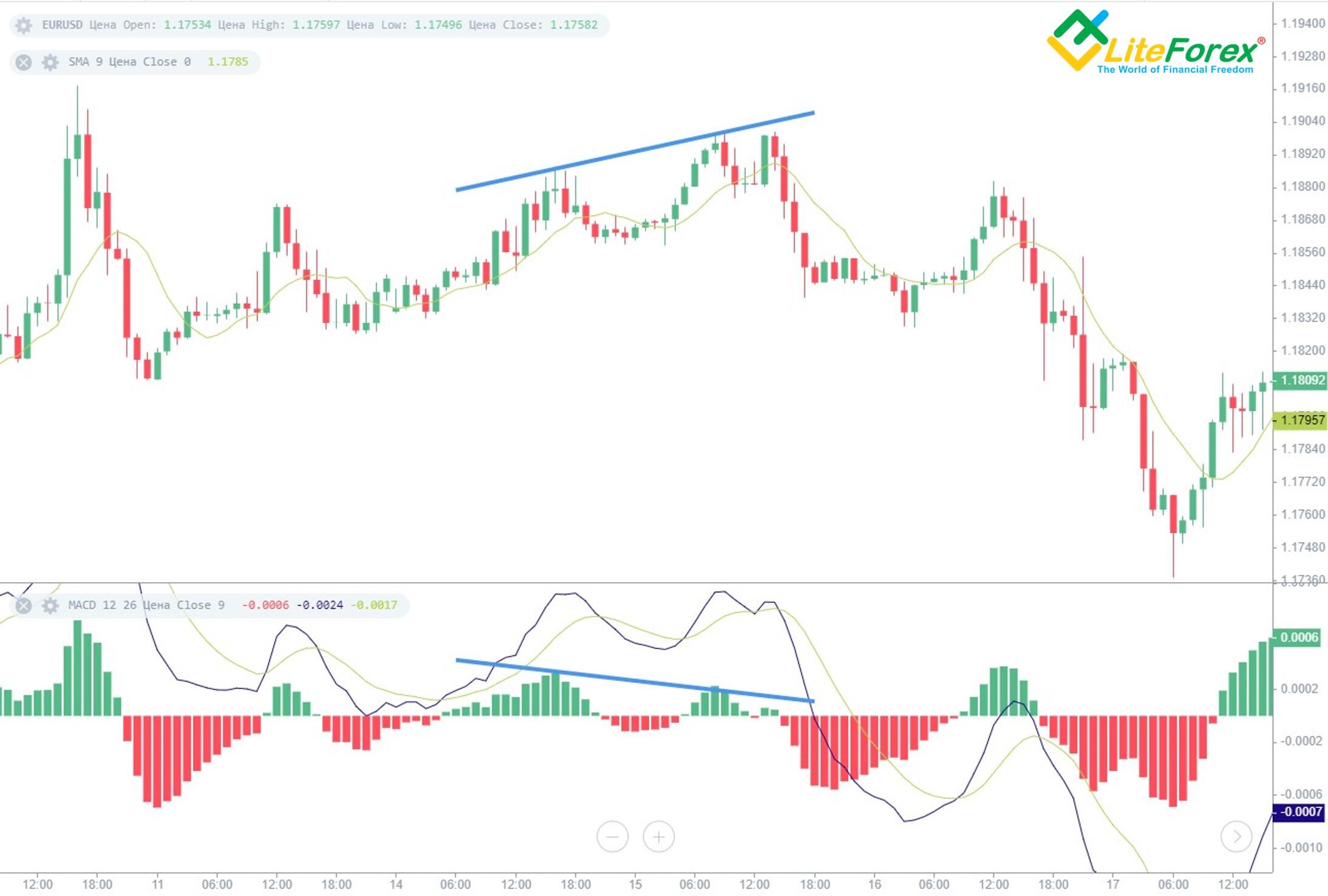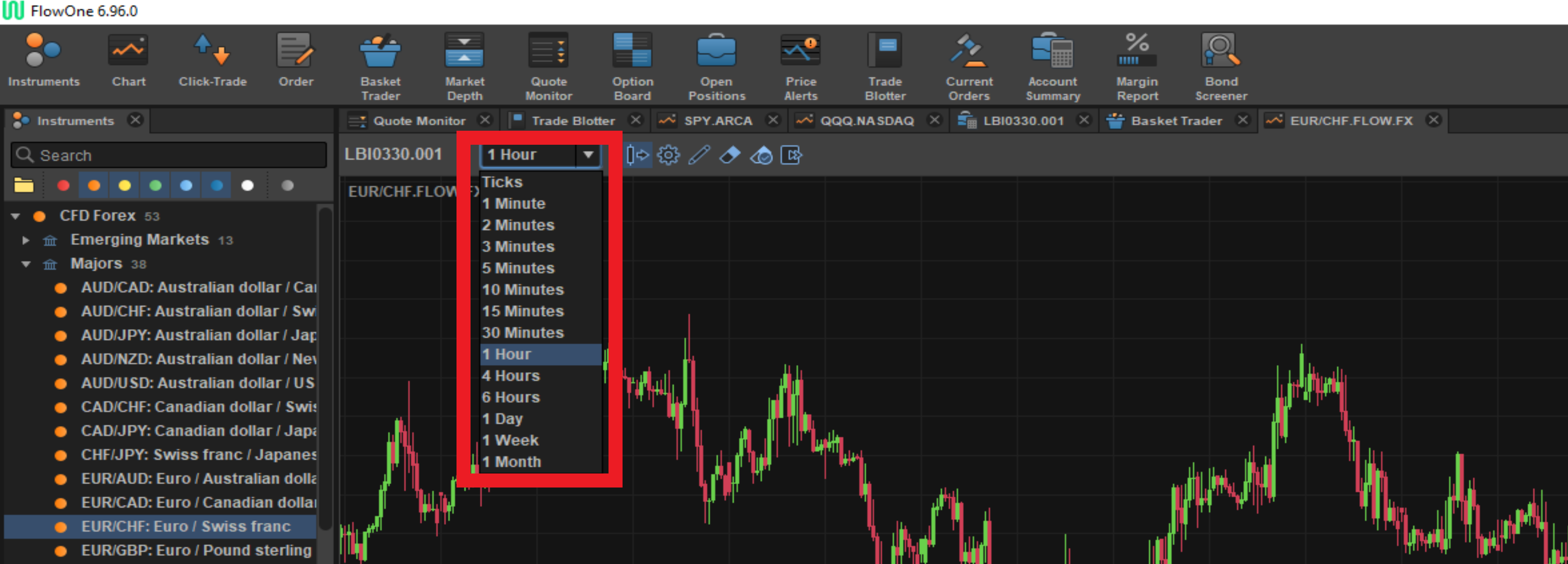
It is possible to make money by day trading if you have the right knowledge. However, the stock market is unpredictable and risky, so it's important to learn how to trade properly before you put real money on the line.
Daily Stock Trading Tip
The most effective day traders follow a specific plan and avoid making emotional decisions. You should practice day trading with a free trial account first if you're a beginner. It'll allow you to try out different strategies and test out different markets before you invest your own cash.
Use a Watchlist of Shares, Bonds, ETFs and Commodities
If you are just starting out, it would be a great idea to only focus on a handful of stocks in each session. You can then track price fluctuations and identify new opportunities. It is more efficient to trade one share at a time than dozens.

You will be able to minimize losses and stay on top of markets. It will also prevent you from getting caught up in a whirlwind of small zigzags and whipsaws that can distract your attention from the bigger picture.
It's tempting to get sucked into the market during a rush, but you should always keep your eyes open for big news that could affect your investments. This could be anything from a merger to a change in executive or even an election scandal.
Day traders should monitor their open positions and working orders to detect any problems. Then, they should monitor their accounts to ensure that they have enough money to cover any losses.
Choosing Entry Points Without Emotion
Day trading requires that you know exactly when to buy a stock or sell it. The best way to do this is by choosing an entrance point that suits your research-based trading strategies. It can be crucial to your success that you select the right trading entry point.

Don't go overboard with your account
The results of investing too much in a single transaction can be disastrous. Day traders who are successful only risk 1% of their total account balances on each trade. This way, you won't be overly exposed to risk. And you can also see what returns you could achieve by sticking to your plan.
Don't Follow A Bad Trend
In day trading it is important to identify trends that have been present for some time. Look for a first retracement, or pullback, down to the support of its primary uptrendline or its moving-average to enter the market when it reaches this level.
Fade is another way to profit from a trend. It's a risky approach that bets against conventional wisdom, but it can also be a powerful way to profit from an established trend.
FAQ
What is a Stock Exchange exactly?
A stock exchange allows companies to sell shares of the company. This allows investors to buy into the company. The market sets the price of the share. It is usually based on how much people are willing to pay for the company.
The stock exchange also helps companies raise money from investors. Investors invest in companies to support their growth. Investors buy shares in companies. Companies use their money for expansion and funding of their projects.
There can be many types of shares on a stock market. Others are known as ordinary shares. These shares are the most widely traded. These shares can be bought and sold on the open market. The prices of shares are determined by demand and supply.
Preferred shares and bonds are two types of shares. When dividends are paid, preferred shares have priority over all other shares. A company issue bonds called debt securities, which must be repaid.
What are the advantages of owning stocks
Stocks are more volatile that bonds. When a company goes bankrupt, the value of its shares will fall dramatically.
The share price can rise if a company expands.
In order to raise capital, companies usually issue new shares. Investors can then purchase more shares of the company.
Companies borrow money using debt finance. This allows them to borrow money cheaply, which allows them more growth.
A company that makes a good product is more likely to be bought by people. As demand increases, so does the price of the stock.
The stock price should increase as long the company produces the products people want.
How Does Inflation Affect the Stock Market?
Inflation can affect the stock market because investors have to pay more dollars each year for goods or services. As prices rise, stocks fall. This is why it's important to buy shares at a discount.
Statistics
- Ratchet down that 10% if you don't yet have a healthy emergency fund and 10% to 15% of your income funneled into a retirement savings account. (nerdwallet.com)
- Our focus on Main Street investors reflects the fact that American households own $38 trillion worth of equities, more than 59 percent of the U.S. equity market either directly or indirectly through mutual funds, retirement accounts, and other investments. (sec.gov)
- For instance, an individual or entity that owns 100,000 shares of a company with one million outstanding shares would have a 10% ownership stake. (investopedia.com)
- US resident who opens a new IBKR Pro individual or joint account receives a 0.25% rate reduction on margin loans. (nerdwallet.com)
External Links
How To
How to trade in the Stock Market
Stock trading involves the purchase and sale of stocks, bonds, commodities or currencies as well as derivatives. Trading is French for traiteur. This means that one buys and sellers. Traders sell and buy securities to make profit. It is one of oldest forms of financial investing.
There are many different ways to invest on the stock market. There are three types that you can invest in the stock market: active, passive, or hybrid. Passive investors only watch their investments grow. Actively traded investors seek out winning companies and make money from them. Hybrid investors take a mix of both these approaches.
Index funds that track broad indexes such as the Dow Jones Industrial Average or S&P 500 are passive investments. This type of investing is very popular as it allows you the opportunity to reap the benefits and not have to worry about the risks. You just sit back and let your investments work for you.
Active investing means picking specific companies and analysing their performance. Active investors will analyze things like earnings growth rates, return on equity and debt ratios. They also consider cash flow, book, dividend payouts, management teams, share price history, as well as the potential for future growth. They decide whether or not they want to invest in shares of the company. If they feel that the company is undervalued, they will buy shares and hope that the price goes up. On the other side, if the company is valued too high, they will wait until it drops before buying shares.
Hybrid investing combines some aspects of both passive and active investing. You might choose a fund that tracks multiple stocks but also wish to pick several companies. In this scenario, part of your portfolio would be put into a passively-managed fund, while the other part would go into a collection actively managed funds.